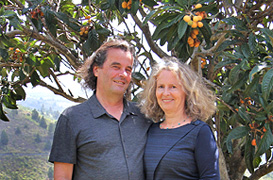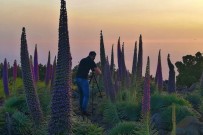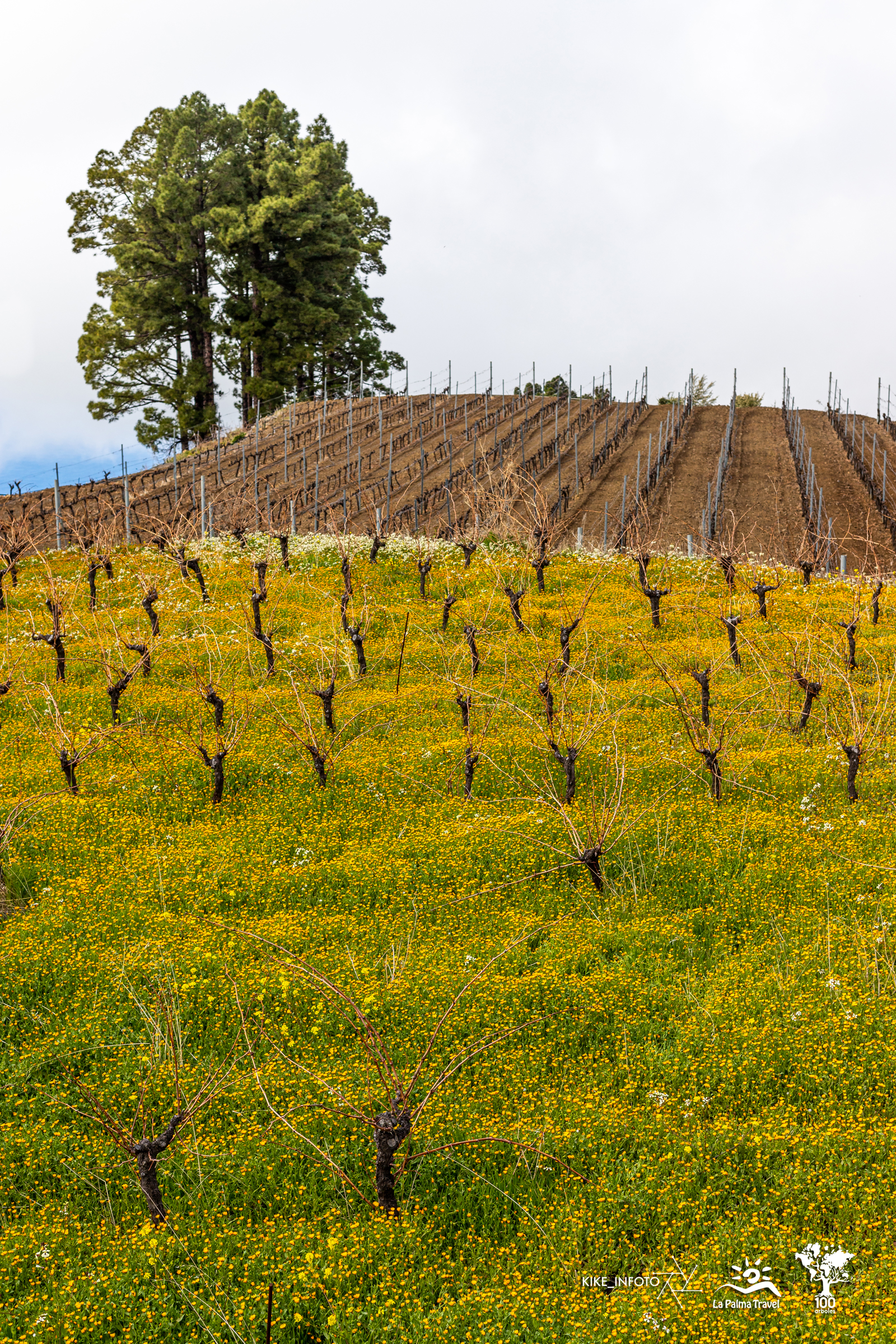-

-
We are specialists for your holidays in La Palma. With personalized assistance on-site.

Ulrich & Evelyn Roth -
Our service numbers
Write e-mail+34 822 68 00 89
+49 7442 819 85 90
We're available from Monday to Friday from 10:00 a.m. to 6:00 p.m., and Saturdays from 10:00 a.m. to 1:00 p.m.
-
Accommodations
- with pool 90
- on the seaside 42
- with internet 205
-
Northwest >>
130
- Aguatavar 7
- Arecida 6
- El Castillo 1
- Garafía 4
- Las Tricias 7
- Puntagorda 42
- Tijarafe 22
- Tijarafe Costa 6
- Tijarafe El Jesús 12
- Tijarafe La Punta 21
- Tinizara 2
-
Aridane Valley >>
225
- Celta 7
- Charco Verde 3
- El Paso 23
- Hermosilla 1
- La Bombilla 2
- La Laguna 11
- Las Manchas 24
- Las Norias 11
- Los Llanos de Aridane 25
- Puerto de Naos 45
- San Nicolas 8
- Tacande 2
- Tajuya 9
- Tazacorte Costa 5
- Tazacorte Puerto 14
- Tazacorte Villa 23
- Todoque 12
-
South >>
31
- Fuencaliente 7
- Las Indias 4
- Lomo Oscuro 1
- Los Quemados 6
- Salemera 2
- Tigalate 2
- Villa de Mazo 9
- East >> 16
-
Northeast >>
5
- Barlovento 2
- Los Sauces 2
- Puntallana 1
Kike Navarro – La Palma in pictures • 18
Blossoming vineyards
— Kike Navarro's opinion that La Palma is an island of contrasts is shared by many island connoisseurs.
His photo today reveals one of these contrasts in a very small space. It shows two vineyards with the same purpose but very different methods.
In the foreground we see a traditional vineyard. The bush vines stand in a natural, orderly, but not linear form. Their canopy protects the grapes from too much sun and helps retain moisture. The soil is not ploughed, so plants can grow as green manure. They also conserve soil moisture and increase the diversity of beneficial insects and other animals.
We can see from the long shoots that the vines are waiting to be pruned. This traditionally happens on La Palma around 02 February. The heavy pruning results in fewer vines, but the grapes grow larger and are of the best quality.
At the back, a modern cultivation method contrasts. The vines are strung along the wire frame in trellis training. The shoots are tied as they grow to keep them off the ground. This makes the work in the vineyard easier and machines can also be used to work the soil. To prevent the growth of other plants and thus prevent competition for nutrients, the soil was additionally treated.
Each method has its advantages and disadvantages, but the traditional method is clearly the one that beautifies the landscape. On La Palma, viticulture has been a tradition since the beginning of the 16th century.
By the way, hardly any foodstuff in Europe is treated with pesticides as frequently as wine.
On the "Isla Bonita" there are several bodegas that practice organic viticulture, even if not all of their wines bear the EU organic seal on the bottle. The quality of the island wines is controlled by the supervisory authority with the designation of origin "Denominación de Origen La Palma".
Depending on the location, different grape varieties thrive in small vineyards thanks to the fertile volcanic soils and the sunny island climate. Particularly popular are the red wines from the Negramoll and Listán negro grapes or white wines from Listán blanco or Albillo. World-famous is the sweet Malvasier and typical for the north of the island the slightly resinous Tea wine.
Kike took the picture of contrasts in the vineyards of Garafía between Briesta and El Castillo.
La Palma Travel visits Bodega El Níspero
The Palmerian Wine Culture
La Palma in pictures • photo series
 Discover with us the fantastic island, plant and sky worlds of the isla bonita with exciting details and stories!
Discover with us the fantastic island, plant and sky worlds of the isla bonita with exciting details and stories!

La Palma Travel presents a photograph by La Palma starlight guide Kike Navarro every 14 days.
In the fortnightly photo series, Kike tells the story of
Follow us here: La Palma Travel - Vacation Homes | Facebook



